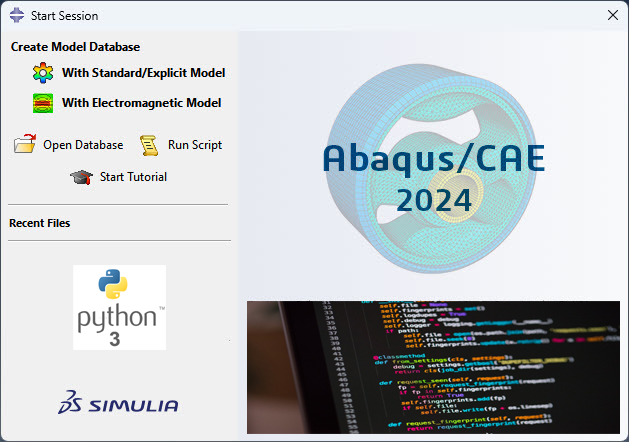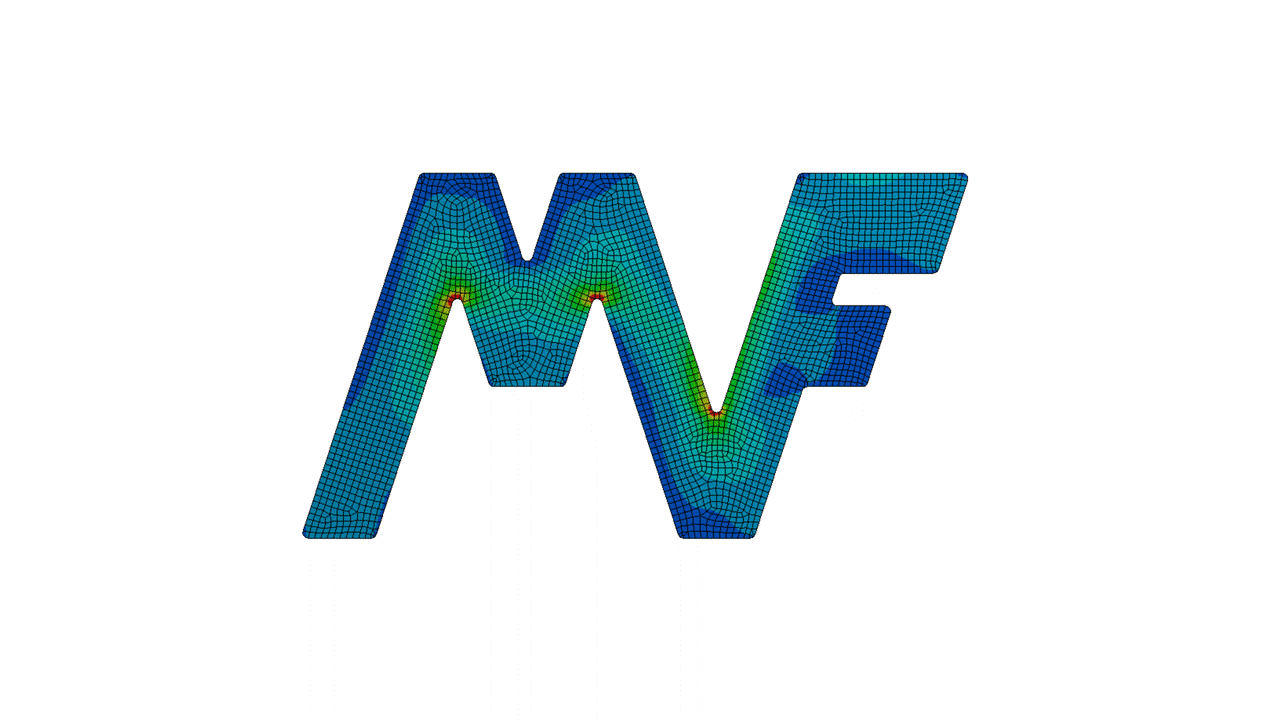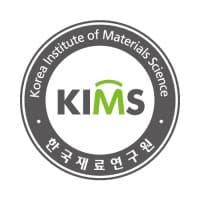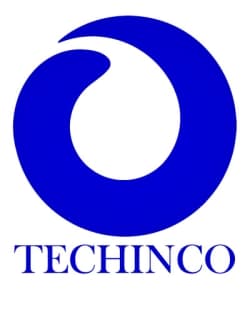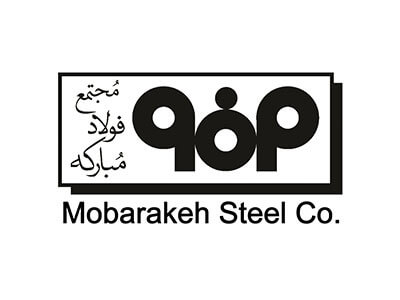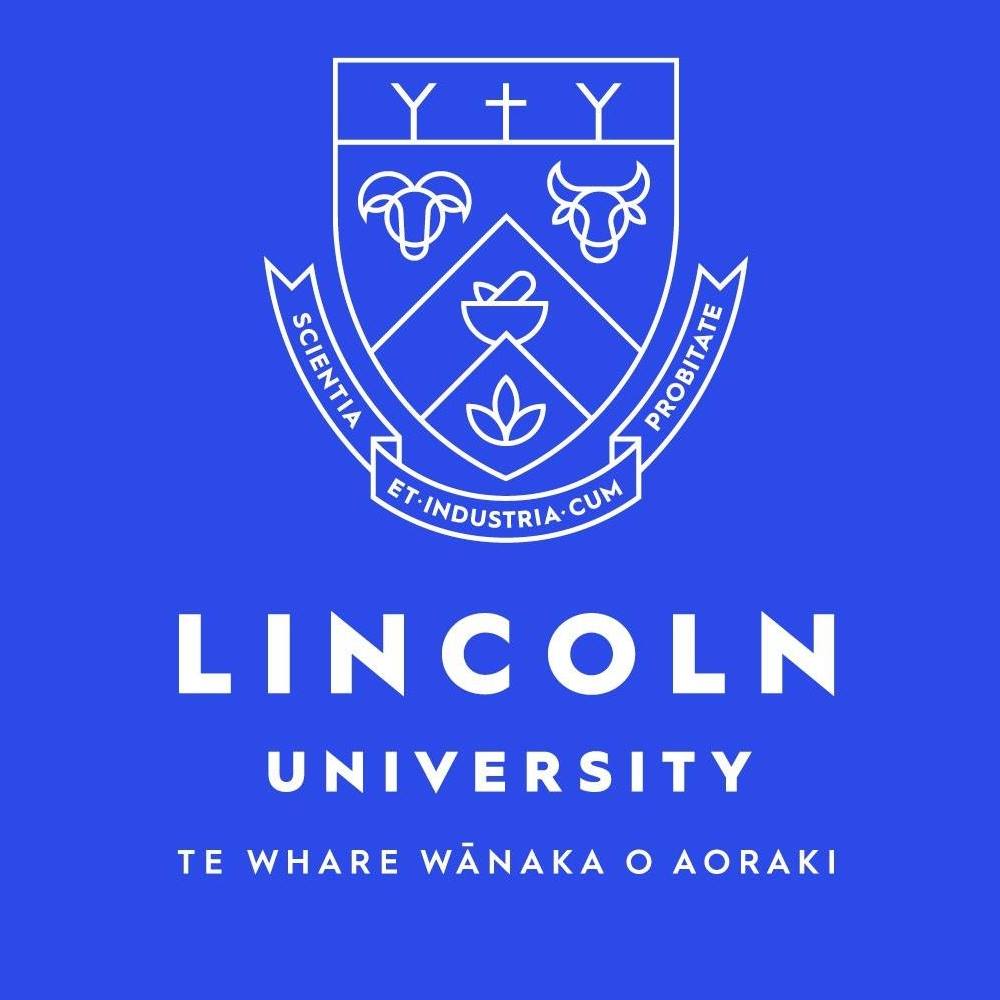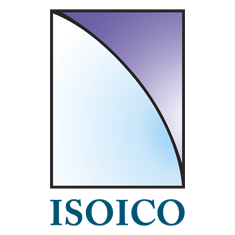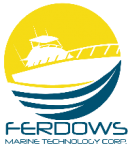The release of Abaqus 2024 brings a host of new and improved features, enhancing the capabilities of this powerful simulation software. Let’s take a closer look at the key additions and updates that users can expect in the latest version.
Abaqus/CAE Enhancements
Python 3 Upgrade in Abaqus 2024
Abaqus Python and Abaqus/CAE now utilize Python 3.10, aligning with widely supported Python versions in the open-source community. This upgrade provides various benefits and enhances the scripting interface for automating simulation processes.
Render Styles in Plots for Continuum Particle Elements
Visualizing element particle edges is now easier with support for wireframe, hidden, filled, and shaded render styles in Abaqus/CAE. This feature simplifies the differentiation of continuum particle elements in plots.
Step-Dependent General Contact
Abaqus/CAE now allows the definition of general contact in any analysis step or the initial step in Abaqus/Standard, enabling the modeling of more complex contact behaviors in simulations.
Contact Mass Scaling
The capability to define contact mass scaling in Abaqus/Explicit has been introduced, reducing the number of increments required for simulations using non-default penalty stiffness.
Channel and Hat Section Profiles
The Property module in Abaqus/CAE now includes the ability to define channel and hat section profiles, simplifying the specification of these common beam cross-sections.
Beam Section Offset for *BEAM SECTION
Abaqus/CAE now supports the definition of a beam section offset for beam sections integrated during the analysis using *BEAM SECTION, providing greater flexibility when modeling with beam elements.
Rotational Couplings
Discrete fasteners and coupling constraints now support the definition of rotational coupling types, offering more control over the behavior of distributing couplings involving cloud nodes with rotational degrees of freedom.
Linearized Contact Capability
The linearized contact capability enables faster results for certain types of contact problems by solving contact status and contact stresses within a static perturbation step with small-sliding, frictionless contact.
Fluid Pressure Penetration Load
Abaqus/CAE now allows the creation of a fluid pressure penetration load to define fluid pressure over a surface, expanding the software’s capabilities for fluid analysis.
Abaqus 2024 Analysis Updates
The analysis capabilities have also been significantly enhanced in Abaqus 2024. Some notable updates include:
– Formation of tie constraints in import analysis
– Adjoint sensitivity analysis for sizing optimization in direct steady-state dynamic analysis
– Modeling deterioration and aging in lithium-ion batteries
– Beam-to-surface submodeling
– Improved keyword interface for importing external fields
Interactions, Materials, and User Subroutines
Several updates have been introduced in interactions, materials, and user subroutines to expand the functionality of Abaqus further.
New Material Models in Abaqus 2024
Nonisotropic Viscoelasticity
One of the significant advancements in Abaqus/Standard 2023 is the ability to define nonisotropic viscoelasticity for a material. This is achieved by specifying distinct Prony series for each component of the stiffness matrix, enabling the definition of orthotropic or transversely isotropic viscoelasticity. This update allows for a more accurate description of material behavior, particularly for composites.
Modeling Curing Processes
Abaqus now offers enhanced functionality for modeling curing processes. The introduction of mean-field homogenization enables the modeling of composite behavior during a curing process using a multiscale material model. This feature significantly expands the capabilities of Abaqus/Standard, particularly in simulating the behavior of composite materials during curing.
Enhanced Cure Kinetics Specification
In the latest update, Abaqus introduces the capability to specify cure kinetics through either the Grindling model or a user-defined form using the UCURE user subroutine. This enhancement facilitates the inclusion of a wide range of cure behaviors in Abaqus/Standard, providing users with greater flexibility in modeling material curing processes.
Valanis-Landel Hyperelastic Model
Abaqus now allows for the definition of the deviatoric response for the Valanis-Landel hyperelastic model by utilizing uniaxial and biaxial tensile test data. This update simplifies the implementation of the Valanis-Landel hyperelastic material model by utilizing readily available tests, making it more accessible for users.
New User Subroutines of Abaqus 2024
UCOHESIVEOFFSET
The UCOHESIVEOFFSET subroutine in Abaqus/Standard allows users to specify an offset for the traction-separation response in cohesive elements that facilitate fluid or slurry transport. This feature is particularly useful for modeling the behavior of materials involved in fluid transport processes, such as adhesives, sealants, or composites with fluid-filled voids.
UCURE
With the introduction of the UCURE subroutine, users can now define custom forms of cure kinetics for their analyses in Abaqus. This capability enables the simulation of a wide range of curing behaviors in composite materials, adhesives, and coatings, providing a more accurate representation of real-world curing processes.
USETTLING
Abaqus/Standard now features the new user subroutine USETTLING, which can be employed to establish the settling velocity of solid particles (proppant) in simulations involving the modeling of slurry transport and placement within a fracture. This functionality is valuable for industries such as oil and gas, where accurate modeling of particle settling is crucial for optimizing hydraulic fracturing operations.
VFILM
In Abaqus/Explicit, the new user subroutine VFILM offers the option to specify nonuniform film coefficient and sink temperature for fully coupled thermal-stress analyses. This enhancement enables more realistic modeling of heat transfer and thermal behavior in systems with varying film coefficients, leading to improved accuracy in thermal-stress predictions.
VUTEMP
Another addition to Abaqus/Explicit is the VUTEMP subroutine, which allows users to assign temperature values at the nodes of a model. This capability is beneficial for simulating heat transfer processes where non-uniform temperature distributions need to be applied, such as in thermal cycling studies or localized heating effects.
These new user subroutines expand the capabilities of Abaqus for advanced material modeling and simulation, providing engineers and researchers with powerful tools to address complex real-world scenarios. Whether it’s simulating fluid-structure interactions, customizing material curing behaviors, or accurately modeling thermal-stress phenomena, these subroutines empower users to push the boundaries of simulation-driven engineering.
